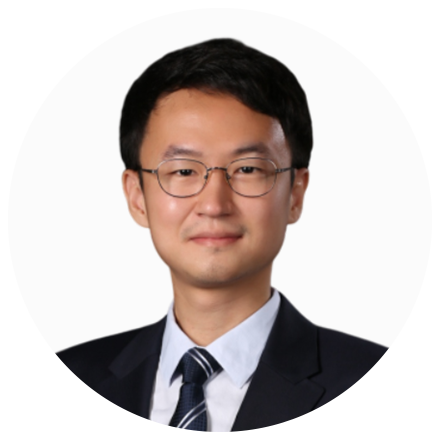Computer & electronics hardware
Xing LIN
Large-scale photonic neural network architecture and optoelectronic fused intelligent computing processors.

Europe
Dimitri Labat
Co-founder and CTO of Chipiron, Paris

Global
Stefanie Mueller
Reprogramming the appearance of objects.

Japan
Lisa Orii
Designing technologies that address injustice and empower vulnerable populations.

MENA
David Guirguis
AI-based process development method for more reliable and consistent quality of 3D printing of metal alloys.
